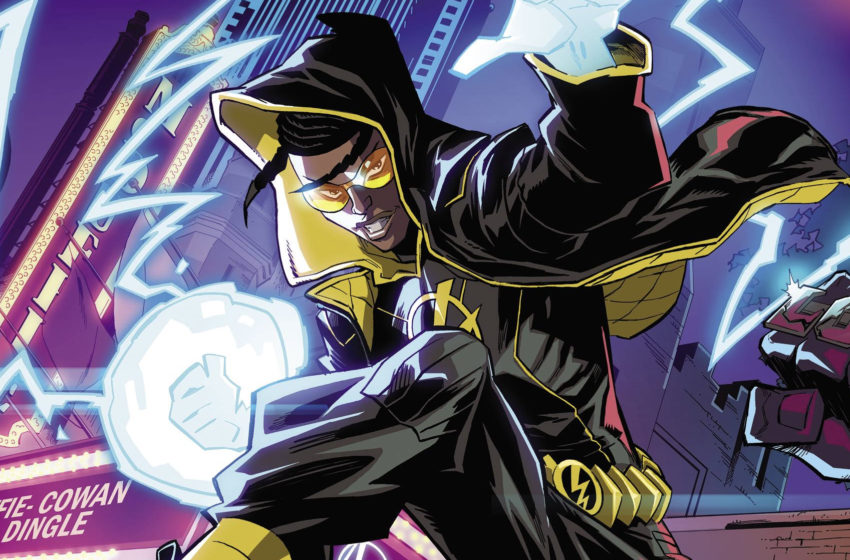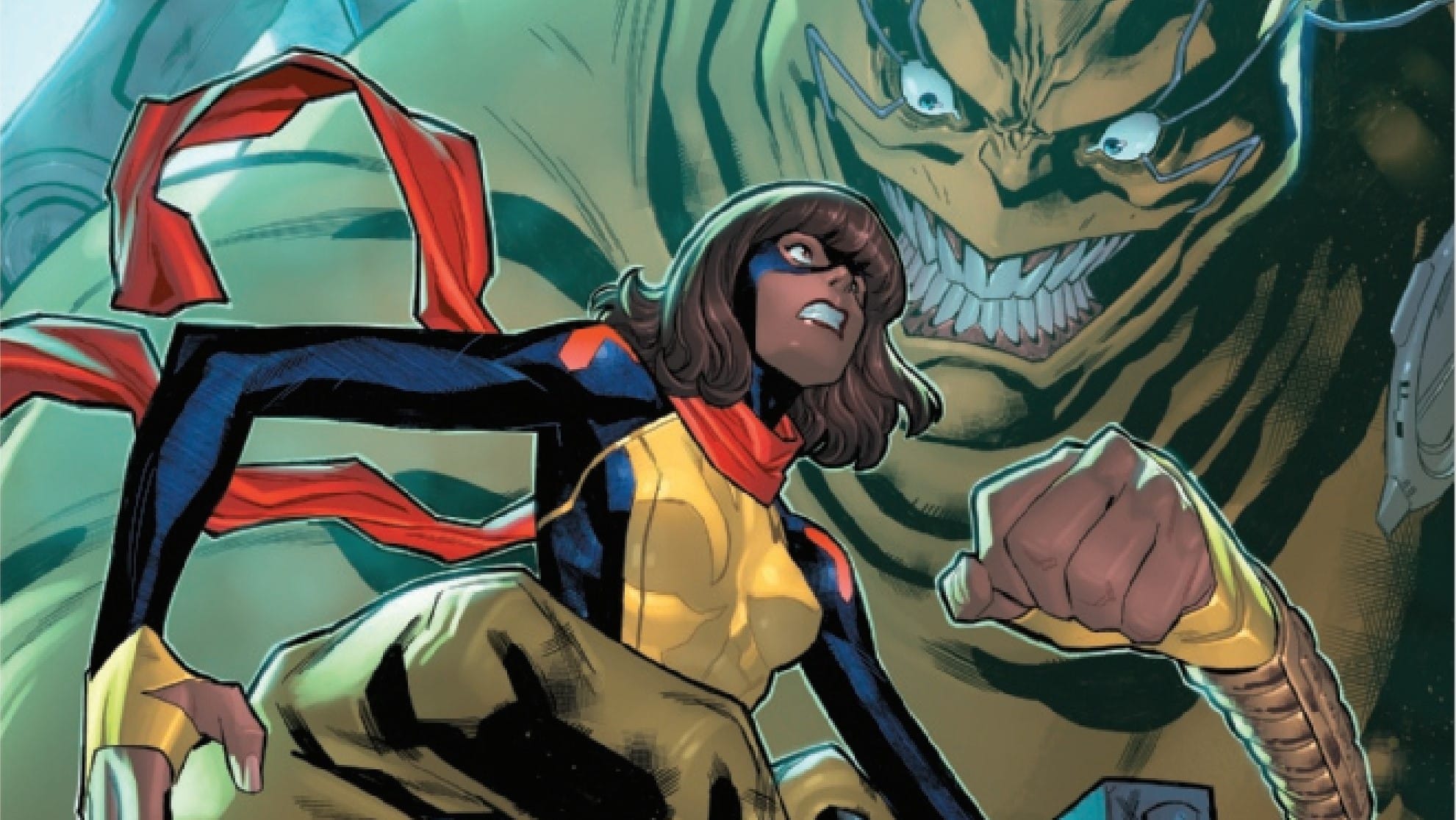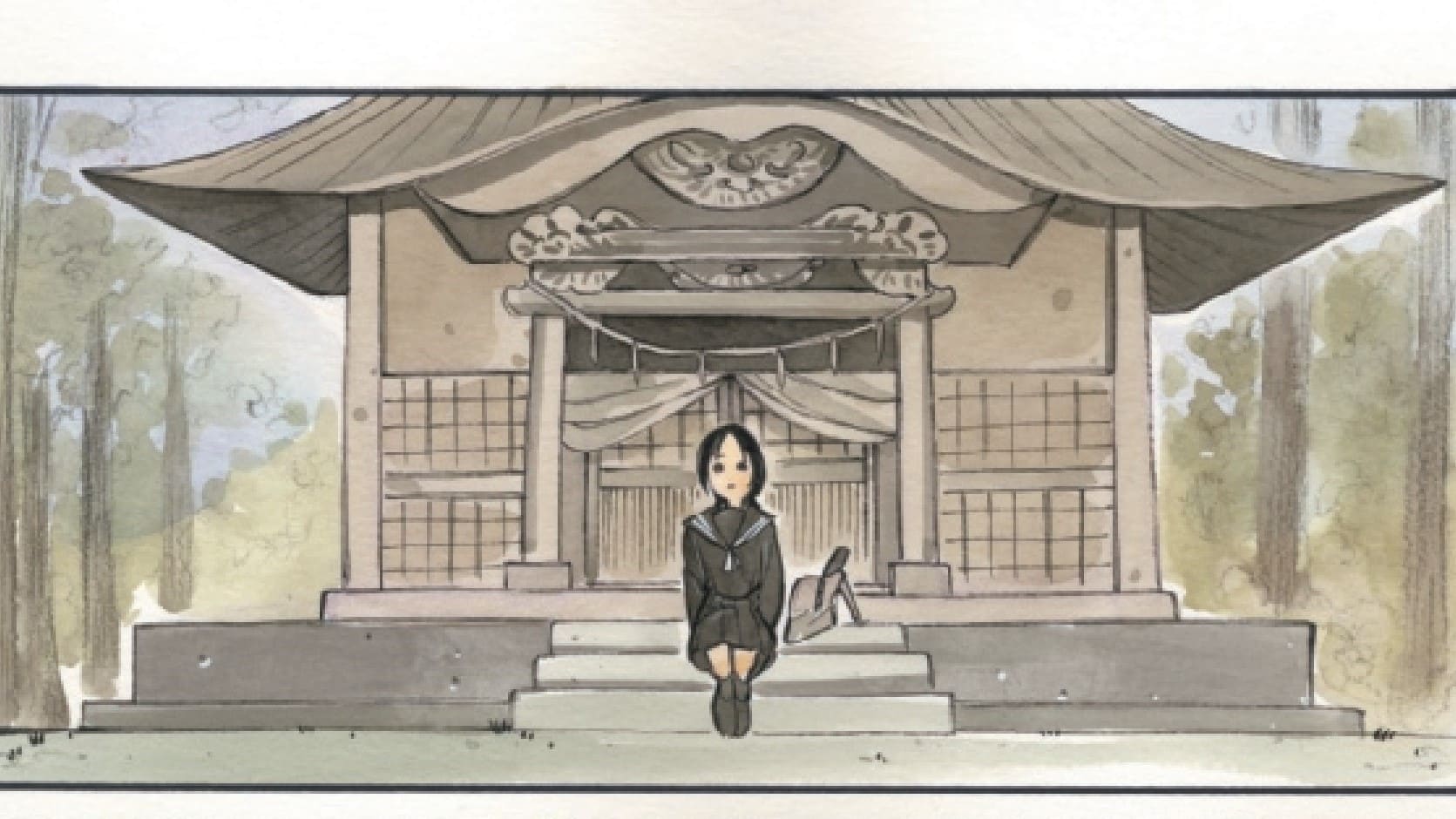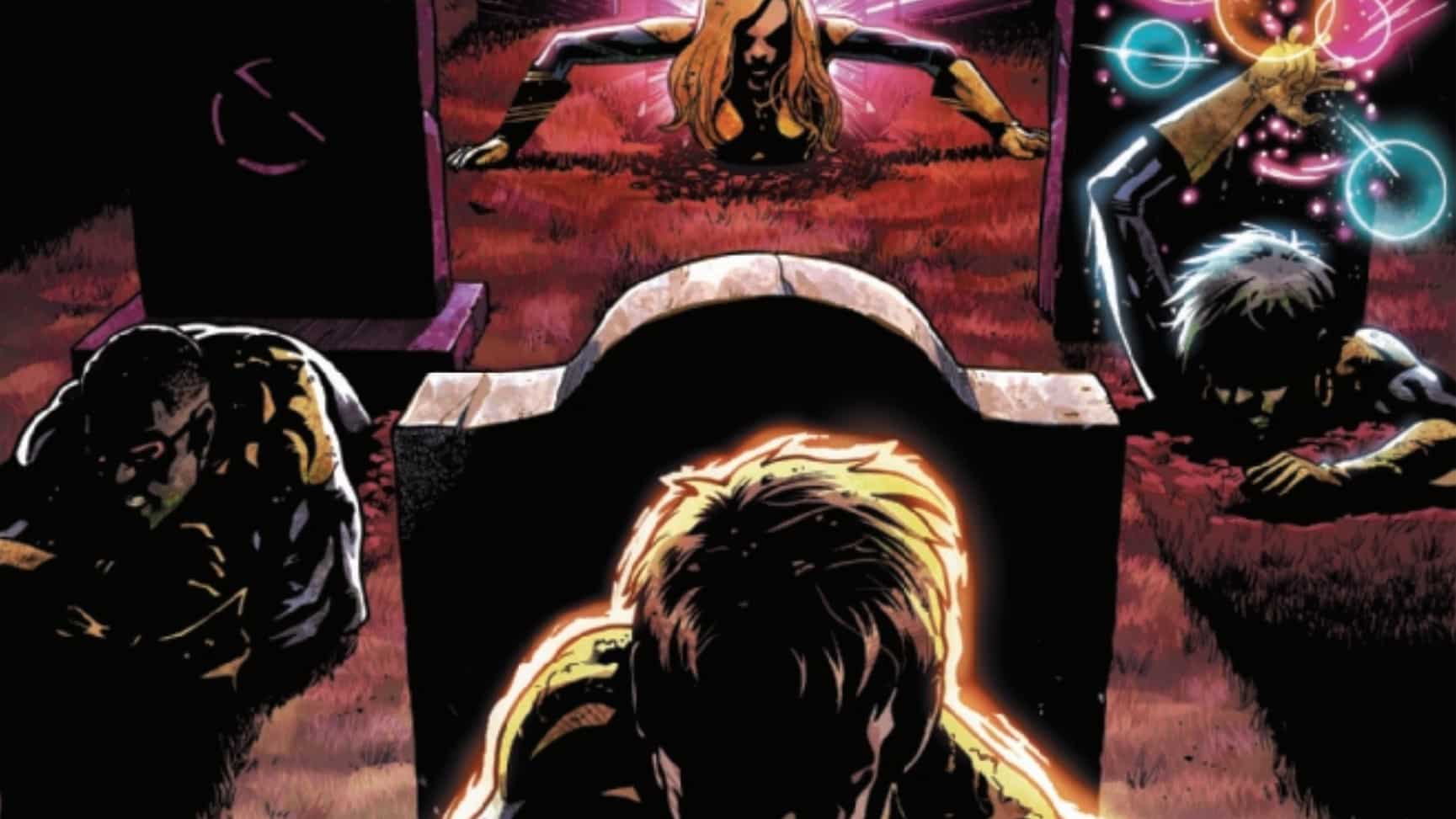Virgil Hawkins was the kind of bullied kid who was shy about raising his voice…until the first time he did, he got a shocking surprise, and so did his world. It’s a brand new era for a classic character in Static: Season One #1. Written by Vita Ayala, drawn by Chriscross and Nikolas Draper-Ivey, colored by Draper-Ivey, and lettered by Andworld Design.
I was maybe 18-ish when Static Shock, the cartoon, came on the air. I can’t say I was a fan – I was off at college, and animation hadn’t become as culturally ubiquitous as it is today. And yet I still remember catching bits and pieces: seeing Static’s locked hair and his dark-brown skin, watching him fly on electric steps and emit electric shocks.
I wasn’t the target audience, not at all, and yet I was happy that a character existed for an audience that was overlooked for far too long. Twenty years later, I assume most readers of Static: Season One #1 will be like me – lightly aware of the character, delving back into a universe they were only peripherally aware of, with no expectations other than the hope of a good story.
So, does it deliver? Well, it depends on whether you’re judging if it did what needed to be done, or if, like the comic nerd I am, you’re judging whether it did what I wanted it to do. To the former point, I can emphatically say yes, yes it did. To the latter? Well, stick around. You’ll see.
Static: Season One has to do a bunch of things all at once: introduce you to a character, his power set, the nature of his relationships, and the internal and external conflicts he’ll have to face. And honestly? This is a masterwork of setting things up. The dialogue feels relatable and honest. The progression of information flows naturally; I never felt the action was a slave to arbitrary plot points. This isn’t just solid writing; Vita Ayala is giving a case study on how to do this shit properly. Their contemporaries (too many of whom have higher profile projects than them) need to take notice…and take notes.
Especially for the character to whom Static will almost certainly be continuously compared. For the past year and a half or so, I’ve written about Miles Morales, Marvel’s young, Black hero who, inexplicably, also has electric power. (Just like Black Lightning. And Storm. Coincidence? Unimaginative creators? A discussion for another day.)
During this past year and a half, I’ve critiqued stale pacing, bland dialogue, a lack of depth and direction, and an unfortunate lack of cultural relevance in Miles’ own book. Miles should be a lynchpin character. He should be on the marquee. The coolest. Instead, his comic reads like a half-thought-out rehash of the “real” main character, Peter Parker. It’s frustrating. It’s infuriating.
Thankfully, those laments are not present here; this is almost the complete opposite. You can tell Static is going to be the star of this universe. He’s got agency and complex emotions. Is it noticeably more focused, more grand, more independent even in issue one. I’m excited to see where Vita takes us over the next 5 issues.
But. As much as it did what needed to be done, did it do what I wanted it to do? That’s…more complicated.
Static in the cartoon was darker-skinned. His locks more kinky, more, well, present. Skin tone and hair texture matter, and it’s a little jarring to see yet another character (Monet, Manifold) lightened up. That said, the art by Chriscross and Nikolas Draper-Ivey is generally good. Maybe not great. Maybe not stylized in the way I want. But certainly done well enough.

I’m also never going to love people writing for 16-year-old black boys because, as a former 16-year-old black boy, there are some cultural nuances that just don’t match up. For instance: Static would likely be more deferential to his parents and more bombastic at school. My lived experience and observation from working with Black teenage boys, full of testosterone, tells me so. I understand why, thematically, he wants to hide his power. It makes sense. But 16-year-olds very rarely make sense.
Am I nit-picking? Absolutely. Again, this is very good, if not great. It is worth your money to read. I’m expecting a really, really engaging run and sincerely hope the sales validate that run being extended. And it’s because this is so well done, because Vita shows such an aptitude to tell a good story, that I feel comfortable nit-picking. They have the proven ability to do good. But we can’t be satisfied with good. We have to ask for excellence.
It’s what I want from my heroes, and it’s what this hero deserves to experience.
A proud New Orleanian living in the District of Columbia, Jude Jones is a professional thinker, amateur photographer, burgeoning runner and lover of Black culture, love and life. Magneto and Cyclops (and Killmonger) were right.
Find more of Jude’s writing here.






